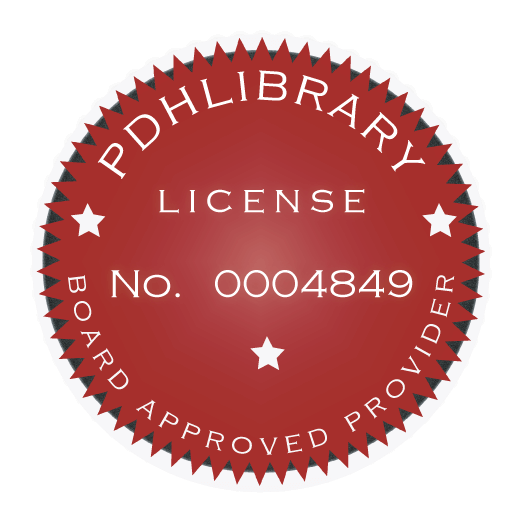Course Highlights
The roadway horizontal alignment is a series of horizontal tangents (straight roadway sections), circular curves, and spiral transitions. It shows the proposed roadway location in relation to the existing terrain and adjacent land conditions. Together with the vertical alignment (grades and vertical curves) and roadway cross-sections (lanes, shoulders, curbs, medians, roadside slopes, ditches, sidewalks), the horizontal alignment (tangents and curves) helps to provide a three-dimensional roadway layout.
In today’s environment, designers must do more than apply design standards and criteria to ‘solve’ a problem. They must understand how various roadway elements contribute to safety and facility operation, including the horizontal alignment.
This course focuses on the geometric design of horizontal alignments for modern roads and highways. Its contents are intended to serve as guidance and not as an absolute standard or rule. Upon course completion, you should be familiar with the general design of horizontal roadway alignments. The course objective is to give engineers and designers an in-depth look at the principles to be considered when designing horizontal alignments.
A Policy on Geometric Design of Highways and Streets (also known as the “Green Book”) published by the American Association of State Highway and Transportation Officials (AASHTO) is considered to be the primary guidance for U.S. roadway design. For this course, Chapter 3 (Section 3.3 Horizontal Alignment) will be used exclusively for fundamental roadway geometric design principles.
Learning Objectives
Sight Distance
Stopping
Decision
Passing
Intersection
Design Considerations
Cross slopes
Radii
Grades
Horizontal Curves
Compound
Spiral
Coordination of Horizontal & Ve

